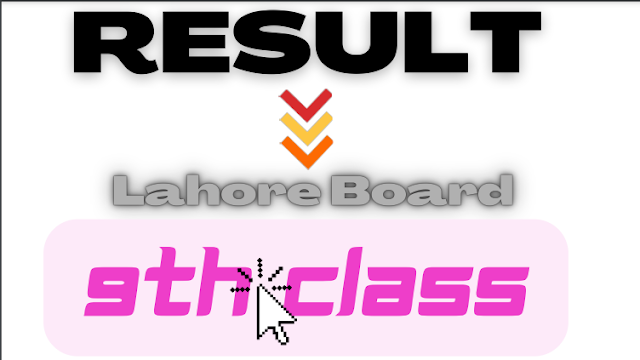The Role of Typography in Design
Typography, the art and technique of arranging type to make written language legible, readable, and appealing when displayed, plays a pivotal role in design. It's not just about choosing fonts and arranging text; it's a potent visual tool that can convey emotions, set the tone, and enhance the overall aesthetics of any design project. In this article, we'll explore the multifaceted role of typography in design and understand why it's a critical element that every designer should master.
1. Communication and Clarity
Typography is the bridge between content and audience. Its primary function is to ensure the message is conveyed clearly and effectively. By choosing the right typeface, font size, line spacing, and letter spacing, designers can enhance readability and comprehension. In editorial design, for example, well-chosen fonts can make lengthy articles more accessible, while in web design, legible typography ensures that users can easily navigate and consume content.
2. Setting the Mood
Typography has the remarkable ability to evoke emotions and set the tone of a design. The choice of fonts can convey feelings of elegance, playfulness, formality, or informality. For instance, a bold and angular typeface might be suitable for a tech startup's logo to communicate strength and innovation, while a cursive script would be better suited for a wedding invitation to convey romance and sophistication.
3. Building Brand Identity
Typography is a fundamental aspect of brand identity. Many iconic brands are instantly recognizable by their unique typefaces. Consider the distinct "Coca-Cola" font or the clean and modern "Apple" typography. Consistent use of fonts across marketing materials, websites, and products helps reinforce brand recognition and consistency.
4. Hierarchy and Emphasis
In design, not all elements are equal in importance. Typography allows designers to establish hierarchy and emphasize specific content. Headings and subheadings, for example, are often styled differently from the main body text to draw attention and guide readers through the content.
5. Visual Harmony
Typography plays a crucial role in achieving visual harmony within a design. Proper alignment, spacing, and contrast between fonts and text elements create a sense of balance and aesthetics. Designers carefully select font pairings and consider factors like color and whitespace to create visually pleasing compositions.
6. Cultural and Historical Significance
Different fonts and typefaces have cultural and historical connotations. For instance, serif fonts are often associated with tradition and reliability, while sans-serif fonts are considered modern and clean. Understanding these associations allows designers to make deliberate choices that align with the context and message of a project.
7. Responsive Design
With the rise of digital platforms and varying screen sizes, responsive typography has become essential. Designers must consider how fonts adapt to different devices and screen resolutions to ensure consistent readability and aesthetics across all platforms.
8. Innovation and Creativity
Typography is a field of constant innovation. Designers and typographers are continually pushing the boundaries of what's possible with letterforms (letras diferents). Experimental and custom fonts are used to create unique and artistic designs that challenge conventions and captivate audiences.
conclusion
In conclusion, typography is not merely a functional element of design but a powerful medium for communication and artistic expression. It influences how we perceive information, products, and brands. Designers who understand the nuances of typography can harness its potential to create compelling and memorable designs that resonate with their intended audience. Whether you're designing a website, poster, logo, or any visual content, typography should always be at the forefront of your design considerations.


Comments
Post a Comment